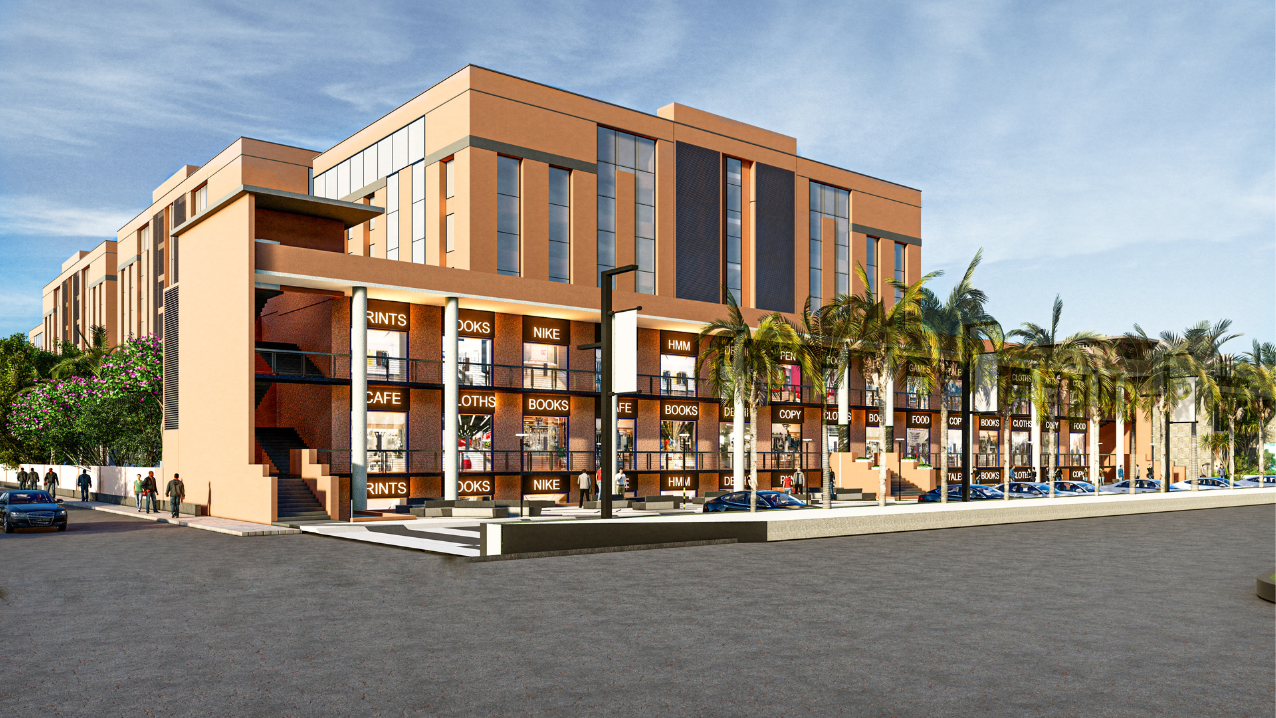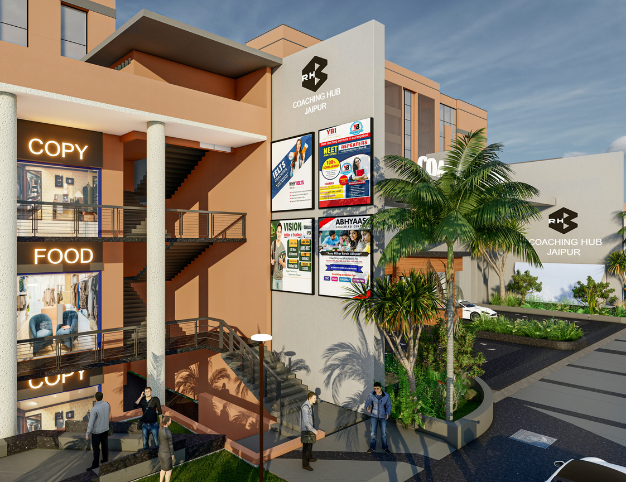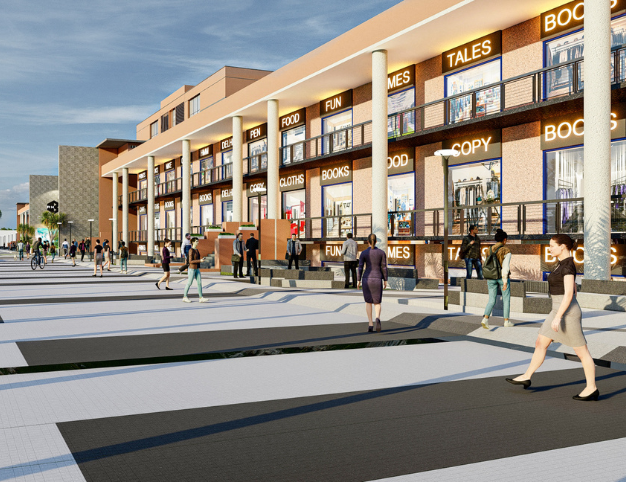THE SHIFT TOWARDS EXPERIENTIAL LEARNING SPACES
Traditional classrooms are evolving into dynamic environments with a significant shift towards experiential learning spaces that foster participation, collaboration, and creativity. The advancement of educational architecture entails designing settings that encourage hands-on learning, real-world applications, and student-led exploration. Experiential learning emphasises practical implementations and project-based activities that allow students to engage with their surroundings.

The design of experiential spaces focuses on crafting flexible, multifunctional areas that cater to diverse learning styles beyond the standard classrooms to nurture collaboration, reflection, and outdoor learning experiences. Students can collaborate in teams or learn individually as educational institutions migrate from fixed furniture arrangements to open-plan layouts with modular furnishings. Additionally, these spaces incorporate natural light and greenery to enhance focus and well-being and promote a healthier learning atmosphere. The architectural response to this paradigm shift integrates multidisciplinary learning requirements into campus designs. Contemporary campuses are transforming into interconnected hubs where students from different disciplines can collaborate to address complex challenges. Design elements such as outdoor classrooms, creative zones, and innovation labs can foster the cross-pollination of ideas and cultivate creativity across disciplines. Central to this transition is a change in mind-set that emphasises the shift from teaching to learning. At IDEAS, we’ve been working to promote this development by establishing venues that inspire curiosity and meaningful engagement.


For instance, the RHB Coaching Hub in Jaipur incorporates an open-air theatre and expansive landscape courts in campus planning, creating a cohesive social environment conducive to learning, collaboration, and cross-pollination of ideas. The future of educational design lies in developing environments that stimulate learning through hands-on experiences and collaboration. By integrating traditional techniques with adaptable, multifunctional programmes, institutional architecture can reshape how education is imparted to address the needs of a progressive, interdisciplinary future.